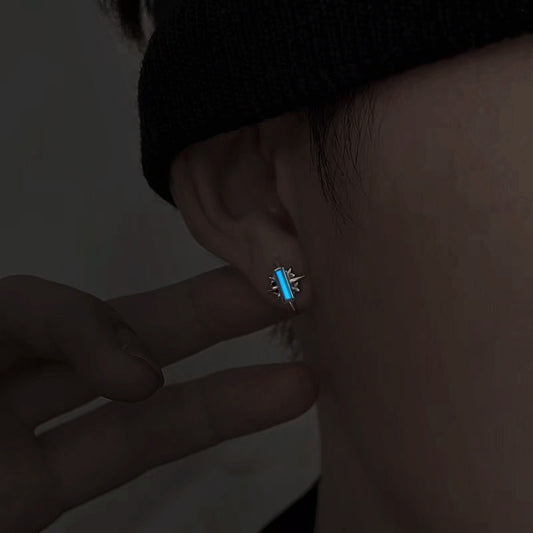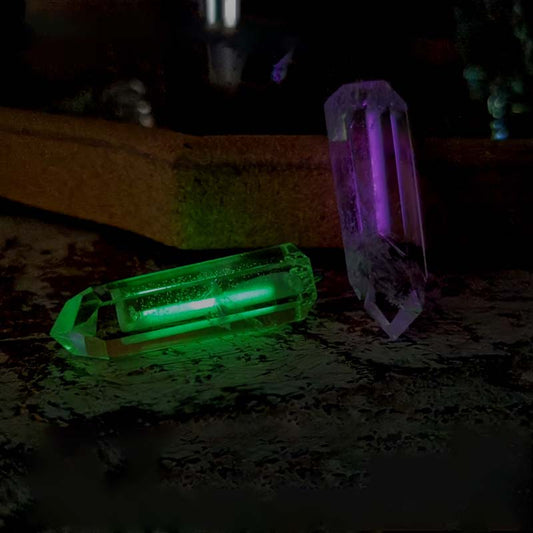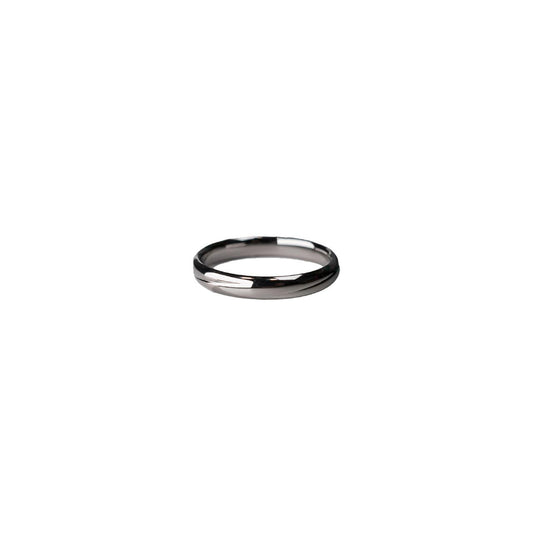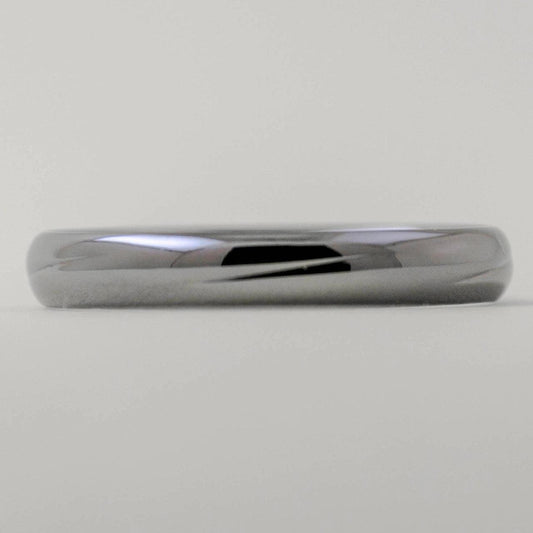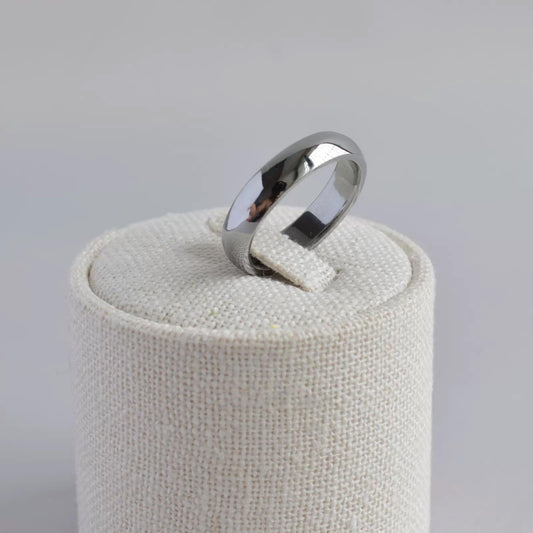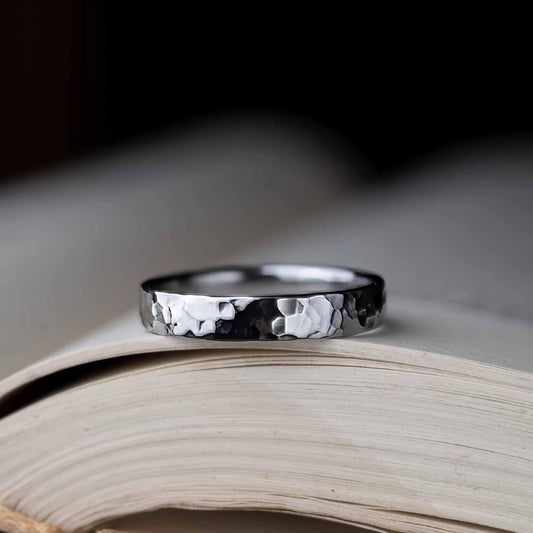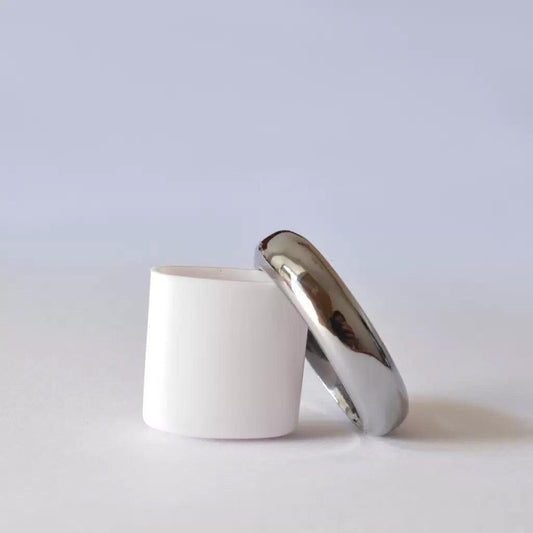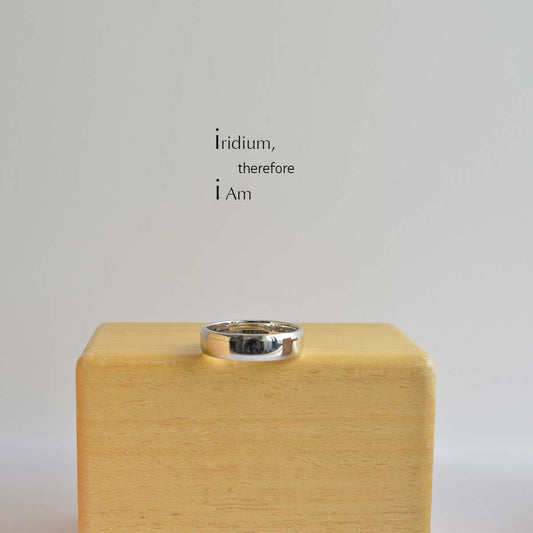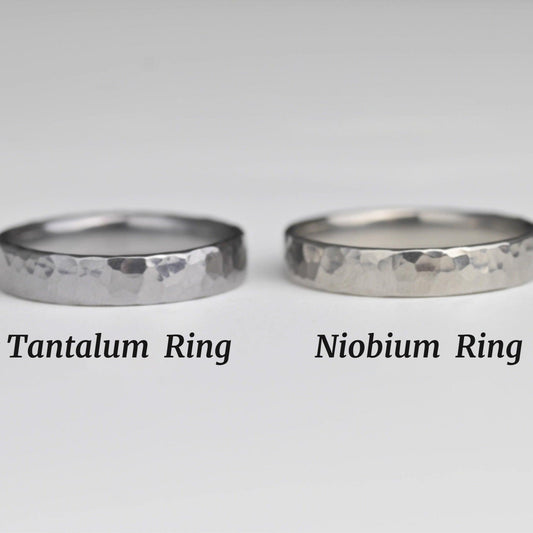What Rings on Each Finger Mean Exploring the Symbolism and Traditions
What Rings on Each Finger Mean Exploring the Symbolism and Traditions
Walking through a bustling market one Saturday afternoon, I stumbled upon a tiny jewelry stall, its tables glittering with an array of rings. Each was delicate, some adorned with stones, others simple bands. It reminded me of when my grandmother passed down her wedding ring set to me, each piece steeped in family history and whispers of undisclosed tales. That experience led me to ponder the meanings behind these small, elegant bands and why we choose specific fingers for each one.
Rings have been more than just decorative pieces; they often carry cultural, historical, and personal significance. The way we wear these sparkling circles can say quite a bit about us. Let's dive into the meanings of rings on each finger, shedding light on what those choices might signify.
The most obvious place to start is the ring finger. It’s perhaps the most universally recognized placement, often associated with love and commitment. In Western culture, wearing a ring on the left hand's fourth finger typically indicates an engagement or marriage. This tradition is believed to have roots in ancient Rome, where it was thought that the "vena amoris" or the "vein of love" connected directly to the heart. It's a romantic notion, albeit a scientifically inaccurate one, but charming enough that I still find myself smiling every time I touch the worn band on my grandmother's ring.
Steering away from romance, the middle finger is often overlooked for rings, perhaps due to its association with a certain unmentionable gesture. Yet, a ring on this finger is hard to miss—literally. It’s the longest finger, so any adornment there tends to stand out. Such placements often symbolize responsibility and balance. I once met a sculptor who wore her silver band on her middle finger, claiming it helped her channel energy and maintain focus in her work. Whether or not you buy into such beliefs, there's no denying that a solid piece of jewelry here commands attention.
Then there's the index finger, historically reserved for authority and leadership. In some European traditions, this finger would bear elaborate signet rings, signifying power and status. Today, a ring on the index can simply be a bold fashion statement or a nod to someone's own personal strength. Personally, I love the confidence it exudes. When I occasionally pick up a striking piece at a flea market, I gravitate towards the index finger, feeling a strange yet empowering shift in my demeanor.
Skipping over to the pinky, this finger has its own unique allure. Wearing a ring on the smallest finger can hint at intuition and communication skills. Or, in some cases, it might be purely style-driven. At the last family reunion, my uncle sported a sleek pinky ring—a subtle nod to his Italian heritage, he said with a wink. Whether he was channeling Marlon Brando or just enjoying a trend, it added an air of sophisticated mystery to his ensemble.
Lastly, the thumb. Rings on thumbs aren't the most common, but they carry a robust, independent spirit. They are often indicators of wealth or freedom. In certain circles, thumb rings are also thought to enhance willpower and reflection. I admire those who confidently wear them—it's not easy to pull off such a bold look without a casual air.
Understanding the symbolism behind ring placements adds another layer to wearing them, although it doesn't have to dictate your choices. Whether you choose a finger based on tradition or simply because it feels right, the significance lies in what the ring means to you. After all, jewelry is one of the most personal ways to express who we are, and sometimes, the true meaning is the story behind why we wear it in the first place.



